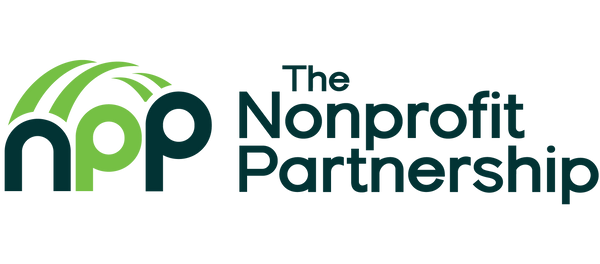
One of the most frequently asked questions I get is, “How can we get our Board to focus on strategy rather than operations?” I usually reply with, “Well, what do your Board meetings look like?” And I get the usual answer: the Board reviews minutes and discusses financial statements, individual committees report on their meetings, the executive director gives their exhaustive report, then the Board moves on to new business, old business, etc, etc, etc. Which of those elements are strategic? For the most part, they’re all focused on operations. So why are we in the nonprofit sector surprised that our Boards don’t focus on strategy when all of our Board interactions are focused on operations?
In addition to a number of things, I’d suggest a serious look at how we craft our meetings. Below are four ways in which you can reframe your Board agenda so that you have interesting, engaging, and meaningful discussions.
1. Use a Consent Agenda
A consent agenda is an opportunity to collapse much of what we use our time in meetings into a very brief approval process. Minutes, financials, reports, and the like can all be approved at the same time with little or no discussion. With that said, to meet the Board’s fiduciary obligations, this requires preparation. Materials must be sent well in advance of the meeting. Committees, such as Finance, have to thoroughly review the financial statements to ensure compliance with budget and general oversight duties. The CEO needs to address any issues, questions, or concerns prior to the meeting or even briefly at the meeting.
2. Focus on One or Two Strategic Issues per Meeting
These strategic issues should be timely and someone should lead those discussions with thoughtful questions developed ahead of time. If data will be part of the discussion, it should be prepared and disseminated in advance as well. Two basic elements defining a strategic issue are 1) it is forward-looking — no talking about the past — and 2) it does not focus on something already agreed upon — no review of the budget or of program plans, no rehashing of previous discussions, etc. Examples of strategic issues might include:
- Ongoing changes to the strategic plan. Not a review but a change, addition, deletion, etc., as a response to new information.
- A new issue facing the organization that has long-term implications.
- General consensus on whether or not to pursue a new program or policy.
- A major change in a revenue stream and its implications for organizational or programmatic sustainability.
Example questions for your strategic discussion might include:
- What internal/external forces have changed and how are we addressing them?
- Is Program A sustainable for the future?
- What aren’t we providing that we should be? Why aren’t we providing it?
- Is someone else doing Program A? Are they doing it better? Why or why not? Do we need to also do it?
- Is Topic A something that is meaningful to our mission? If so, how might it translate into a program?
The keys to having a meaning strategic discussion is to allow enough time for discussion (which means one or two main strategic points per meeting) and to keep focused on the future.
3. Ask Board members, “What is keeping you up at night?”
Many Boards and agendas are now using this question to begin an unscripted discussion at the Board level about significant issues facing the organization, mission, industry, etc. This more free-wheeling discussion can often raise issues that need further exploration by the executive leadership or by Board committees. Even though the purpose of this question is to encourage engagement, the Chair still needs to keep the discussion focused in order to avoid meandering down an operational path. Plus, attention needs to be paid to cataloguing what is discussed and following up as necessary. Sometimes this discussion will feed the identification of strategic issues to be discussed further at a future Board meeting.
4. Have a Governance Moment
Many organizations begin Board meetings with “Mission Moments” which are great opportunities to refocus on mission. Ending a Board meeting on what I call a “Governance Moment” is a great way to refocus the Board on itself. Some examples of what a Governance Moment might look like:
- A discussion of a current issue (e.g. sexual harassment) and how well the Board/organization is prepared to deal with the issue.
- A discussion led by the Governance Chair about conflict of interest.
- A discussion of a goal set by the Board in its own self-assessment.
- A discussion of an article from BoardSource related to governance (of course the article is to be sent ahead of time).
The purpose of the Governance Moment is twofold. First, to accomplish something practical, such as educating the Board in a specific subject. Second, and perhaps more importantly, to remind the Board of their responsibilities — that meetings don’t exist just to review the staff or operations, but to challenge themselves as the legal, and moral, owners of the organization.
In conclusion, the elements of a Board meeting are very important to ensure that the Board governs and does not manage. With that said, a lot of work needs to be done between full Board meetings to make sure such an agenda will work. Effective committee meetings, Board/ED communications, Chair/ED meeting preparation, and the like are necessary in order for the meeting of the whole to be as productive, and strategic, as possible.

